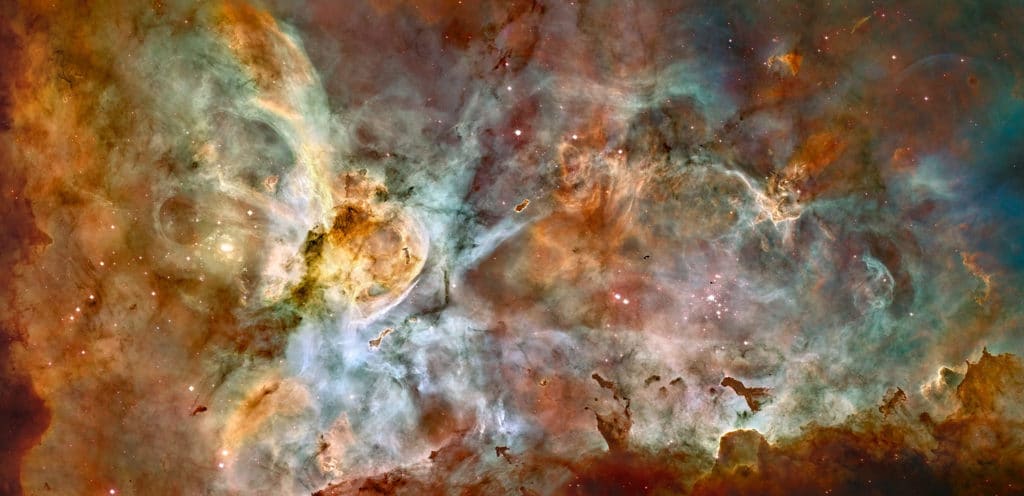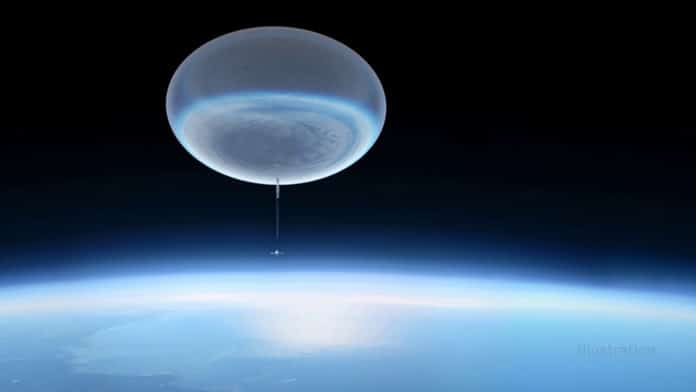NASA has started working on an ambitious new mission that will carry a cutting-edge 8.4-foot (2.5-meter) telescope high into the stratosphere on a balloon. The mission, called ASTHROS (short for Astrophysics Stratospheric Telescope for High Spectral Resolution Observations at Submillimeter-wavelengths), will observe far-infrared light, or light with wavelengths much longer than what is visible to the human eye.
When fully inflated, this balloon is 400 feet (150 meters) wide, or about the size of a football stadium, and reach an altitude of 130,000 feet (24.6 miles or 40 kilometers) – roughly four times higher than commercial airlines fly. It’s still below the space limit, but it will be high enough to see the wavelengths of light that are blocked by Earth’s atmosphere, NASA says.
Inside the balloon, there will also be an instrument to measure the motion and speed of gas around newly-formed stars. A gondola beneath the balloon will carry the instrument and the lightweight telescope, which consists of an 8.4-foot (2.5-meter) dish antenna as well as a series of mirrors, lenses, and detectors designed and optimized to capture far-infrared light.
Because far-infrared instruments need to be kept very cold, it will also include a cryocooler. The cryocooler keeps the superconducting detectors close to -451.3 degrees Fahrenheit (-268.5 degrees Celsius) – a little above absolute zero.

The mission will study four main targets, including two star-forming regions in the Milky Way galaxy. It will also shed light on the presence of two types of nitrogen ions, which can “reveal places where winds from massive stars and supernova explosions have reshaped the gas clouds within these star-forming regions,” a NASA said in a statement.
Such violent outbursts, created in a process known as stellar feedback, can either prevent or accelerate star formation. The NASA team aims to learn more about how this process works, and to “gain insight into how stellar feedback works and to provide new information to refine computer simulations of galaxy evolution.”
The ASTHROS high-altitude balloon mission launch is planned in December 2023 from Antarctica, where it will drift on air currents above the icy southern continent and achieve several firsts along the way. It is expected that the balloon will complete two or three loops around the South Pole in about 21 to 28 days, carried by prevailing stratospheric winds. Once the mission is complete, operators will send a command to separate the balloon from the gondola, which will return to the ground on a parachute. The telescope can then be recovered and refurbished to fly again.
NASA considers that missions using balloons will not take up much space. In addition, the time needed for initial planning and launching will be shorter. In other words, balloons can overcome problems that may arise in modern technology, such as technical or operational failures that can affect the results of that research.
